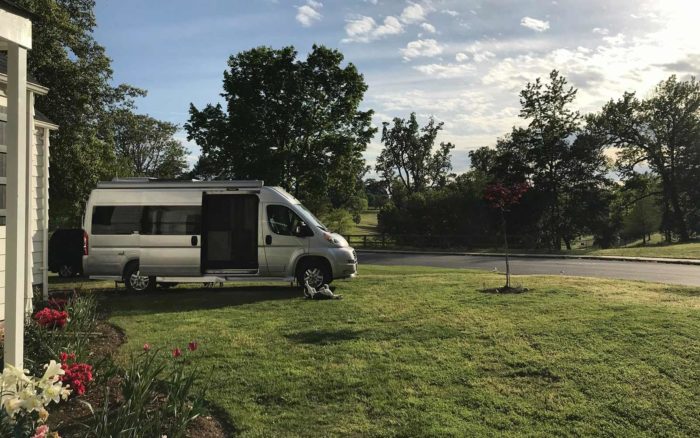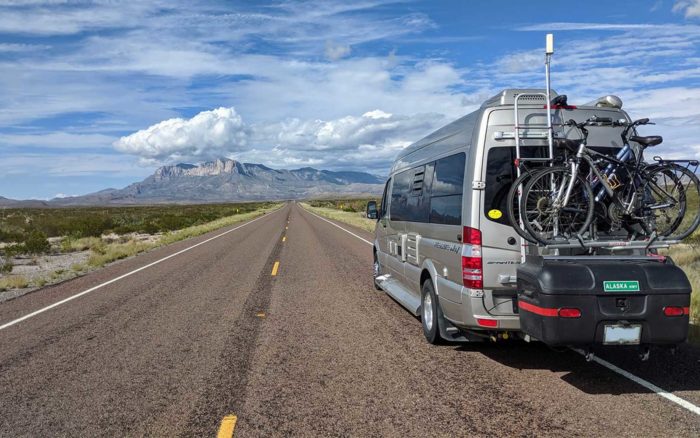
Ask any RVer, what is the best part of mobile living, and they’ll tell you it’s the freedom. It’s an essential part of why so many love this particular camping style and the main draw that continues to be a great alternative to camping with hookups. With various National parks potentially overcrowded, dry camping is the perfect alternative to continue your adventure in a safe, responsible way.
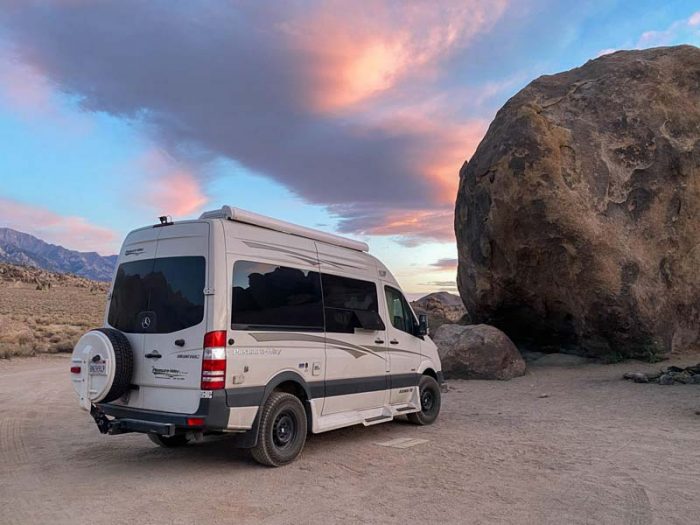
What is Boondocking?
Any time you’re camping in your RV without the comfort of power, plumbing, freshwater, or sewer utilities. Several terms have been coined over the years related to boondocking such as dry camping, off-grid camping, dispersed camping, and primitive camping.
Why boondock?
Pros:
- Larger natural wildlife area
- More often than not, there is less noise
- Boondocking allows you to connect with nature more easily
- It gives you time for yourself to disconnect from social media
- Secluded areas are often more private than campsites
- You never know what you will find
- Boondocking areas are usually free of cost
Cons:
- There are no recreational facilities (pools, golf courses, etc.)
- Dispersed camping areas sometimes limit stays to 14 days
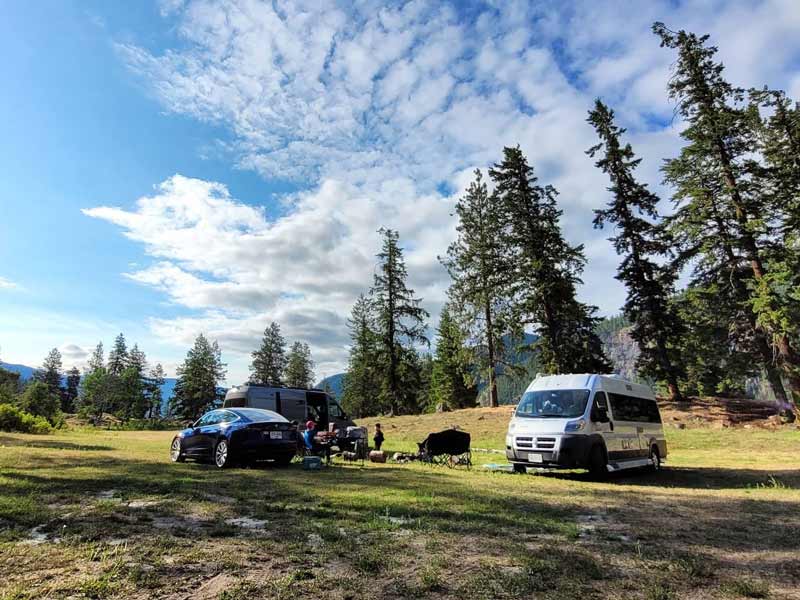
Where can I camp?
There are a few guidelines when it comes to where you can boondock, but they’re easy to remember and there for our safety. The Bureau of Land Management (BLM) outlines rules and regulations regarding dry camping. Click here for dry camping locations and information: https://www.blm.gov/
Is boondocking legal?
Boondocking is legal, as long as you’re in an area that allows for this type of camping. Boondocking doesn’t occur at a traditional campground area, meaning you get to park for free. There are a ton of apps and websites that can help you find the perfect location to camp, dump your tanks, and more, but the best choice by RVers is simply checking with the Bureau of Land Management (BLM).
Parks Canada is the government site for all national campgrounds and historic sites in Canada. Banff, Jasper, and Pacific Rim National Park reservations would be booked through this site. Backcountry camping permits can also be purchased at this site.
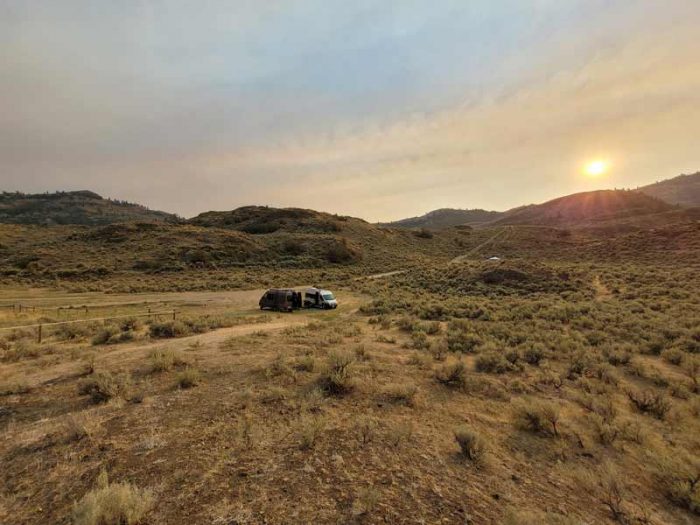
Boondocking essentials
There are a few key components to focus on when considering camping off-grid:
- Battery capacity and monitoring
- Generator power
- Solar technology
- Freshwater capacity
Coach Battery Monitoring and Diagnostics
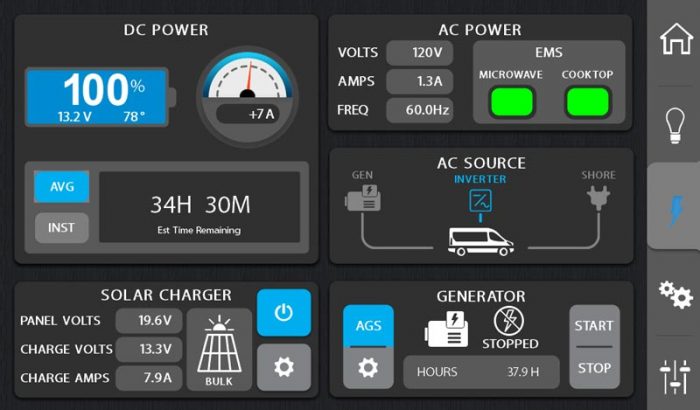
Personalized control and an easy-to-read display, the 10-inch touchscreen control panel is by far the most important feature that Pleasure-Way motorhomes offer for your off-grid adventure. These diagnostics are essential as they will determine and potentially extend your time. The responsive touch screen monitors several key functions of your coaches battery such as:
- 12V Net Gain/Loss Amp meter – shows you exactly how much electricity you’re consuming, and how much you’re gaining through your solar panels.
- State of Charge Meter – real-time display of current battery state-of-charge.
- Estimated Time Until Charge – display of estimated time remaining until a full charge is achieved.
- Estimated Runtime for DC Power – this feature shows you how many hours your coach batteries will run for with the current DC draw on them.
Battery Capacity
Dual fast-charging Eco-Ion 100Ah lithium batteries are what you’re going to need for boondocking. These maintenance-free coach batteries offer the best power storage for hassle-free usage of your essential devices.
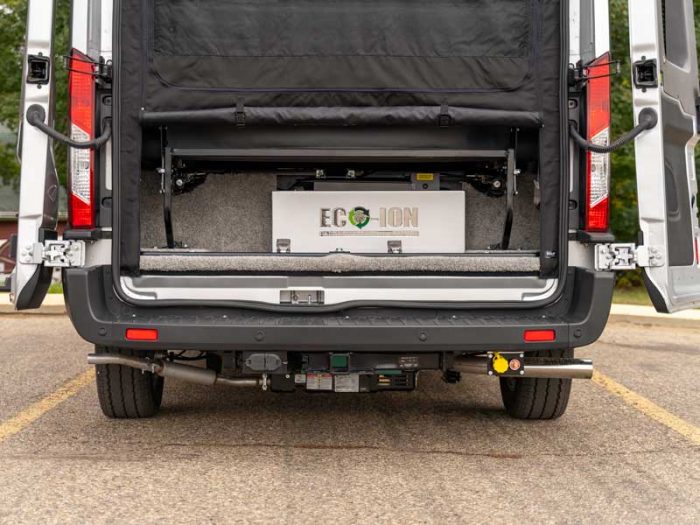
Generator power
The Pleasure-Way Mercedes line, the Ascent TS, and the Plateau TS/FL come equipped with a 2.5KW LP generator, while the Ford Ontour 2.2/2.0 houses a 2.8KW gas generator. Backing up your solar power with a generator will give you assurance when embarking on extended stays. So make sure your tank is filled with fuel and you’ll be ready to camp.
Solar technology
If your goal is to dry camp as long as possible, Pleasure-Way motorhomes are built with roof-mounted solar panels, providing power to the coach batteries. This will help keep your batteries charged for added peace of mind. The Pleasure-Way Recon offers a 400-watt Go Power Solar package, the largest available offering of the current lineup. Upgrade your solar package for extended dry camping abilities. Choose from 100-Watt, 200-Watt, and 300-Watt packages.
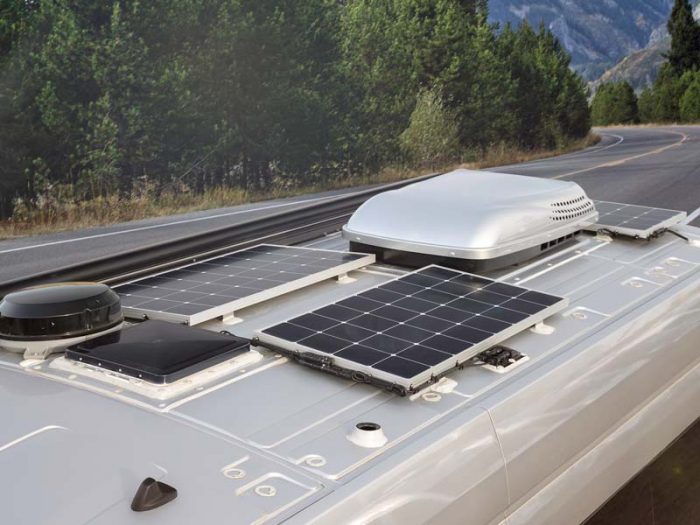
Freshwater
No matter the style of camping, you’ll need an adequate freshwater supply. Pleasure-Way motorhomes are built with this in mind. Here’s a breakdown of the freshwater capacity for each Pleasure-Way motorhome:
- Ascent TS – 20 US gal / 75L
- Plateau FL/TS – 24 US gal / 91l
- Ontour 2.2 – 25 US gal / 95L
- Ontour 2.2. – 28 US gal / 107L
- Tofino – 16 US gal / 60.6L
- Recon – 40 U.S. Gal / 151.4 L (heated)
Pleasure-Way motorhomes are perfect for boondocking.
Some perks that you might not think to look for, can be something as simple as LED lights. They’re perfect because they use less electricity, so you can reduce your daily energy usage. Powered vents on the roof are essential for your comfort on those warmer days and are exceptionally energy-efficient. The Truma AquaGo Comfort Plus water heater will be a huge help for not wasting water because you don’t have to wait for it to heat up in your morning shower. Luckily, our motorhomes check all of these boxes and make for an exceptional dry camping experience.
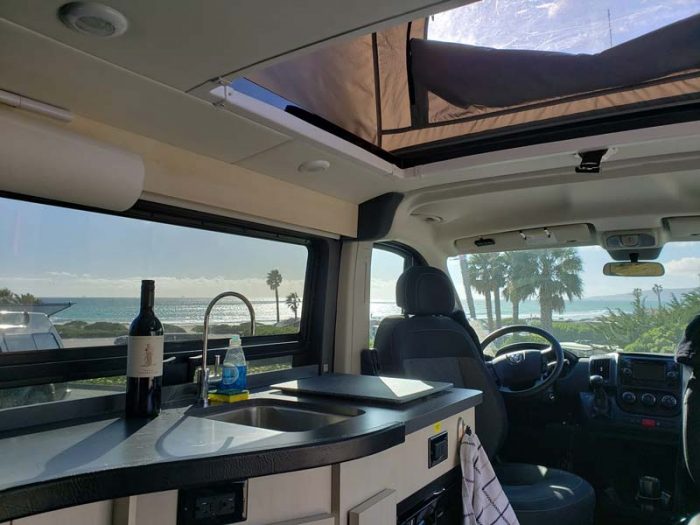
Boondocking has its obstacles, but it also has great advantages. Consider what you appreciate about camping and decide if it’s right for you. Now that you have your basics, it’s time for you to get out wherever your heart desires. Dry camping is perfect for getting to more diverse and scenic areas. You can even practice in your driveway to get experience before you set out for your destination.
Explore more features our motorhomes have to offer here!
Want to learn more about Pleasure-Way motorhomes? Download a brochure today.


